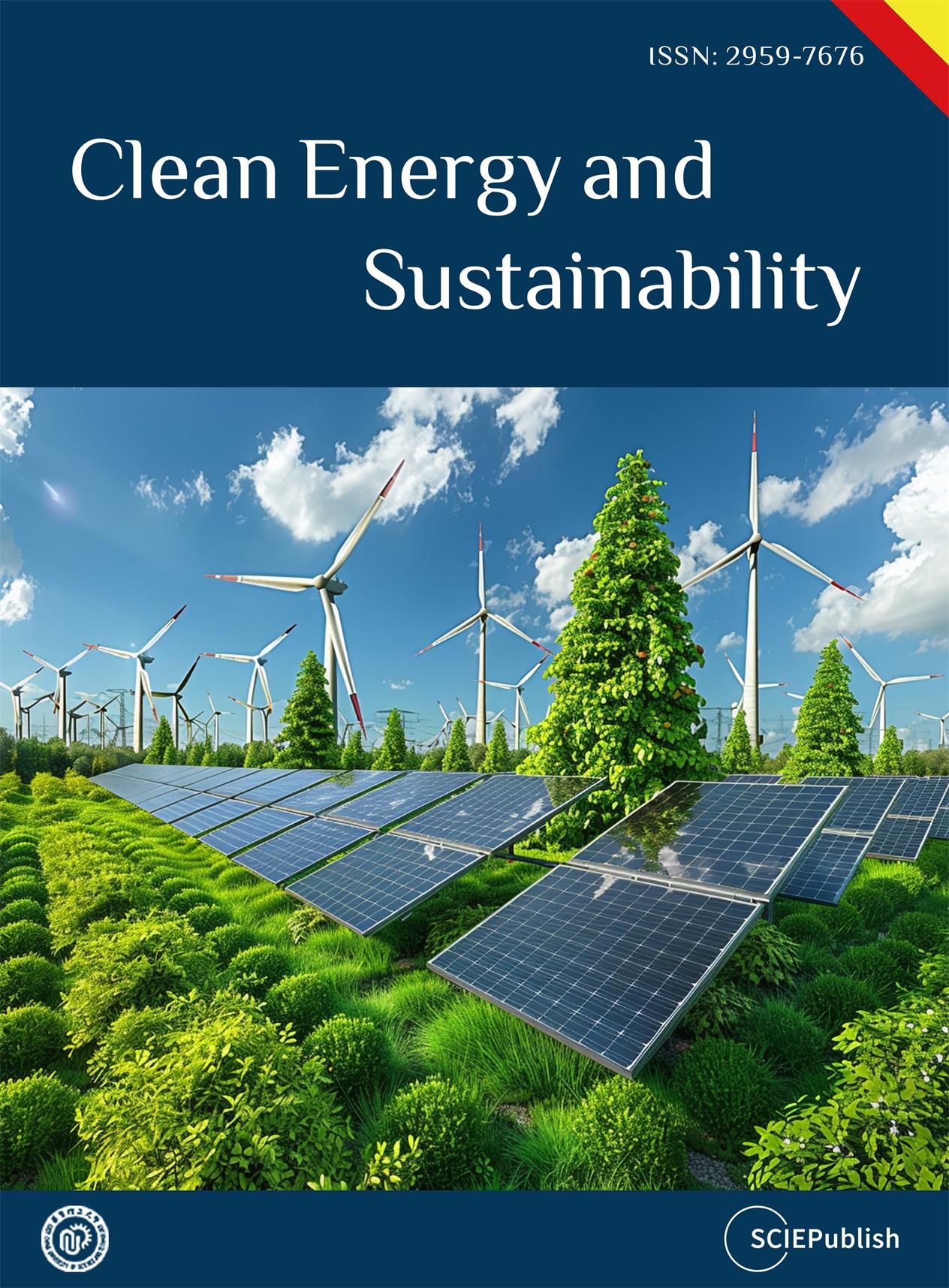Artiles
Open Access
Review
13 March 2025Review on Vibration Control of Wafer Handling Robot
The wafer handling robot serves as the pivotal component of the wafer transfer system, wherein its operational speed and motion precision exert a direct influence on both the yield and productivity of wafer processing. With the semiconductor manufacturing process advancing towards nanoscale linewidths and heightened throughput, the time-varying stiffness characteristics of the flexible joints in wafer handling robots, along with the resultant end vibration issues, have emerged as critical challenges that constrain overall performance. A comprehensive understanding of the stiffness change mechanisms, coupled with enhancements in control methodologies, plays an indispensable role in the effective vibration control of wafer handling robots. To facilitate research in pertinent areas, this paper systematically reviews the cutting-edge methods for vibration suppression in variable stiffness flexible joint wafer handling robots, concentrating on the following core aspects: The impacts of diverse dynamic stiffness identification methodologies on the accuracy of stiffness identification are thoroughly examined; This paper also explores the potential of collaborative optimization strategies involving trajectory planning, control methodologies, and lightweight intelligent algorithms in enhancing real-time control. Furthermore, it evaluates the application scenarios and feasibility of passive vibration absorbers and semi-active adjustable dampers within the context of broadband vibration suppression technologies. In conclusion, this paper synthesizes and critically discusses the advantages and limitations inherent in various research findings, while also constructing a “model-control-vibration suppression” closed-loop optimization system aimed at facilitating ultra-precision vibration control of wafer handling robots under conditions of high dynamic operation. By elucidating the bottlenecks present in existing technologies alongside the trajectory for future interdisciplinary integration, this work provides theoretical support for the intelligent advancement of wafer handling robots and fosters the expedited and reliable development of wafer transfer systems.
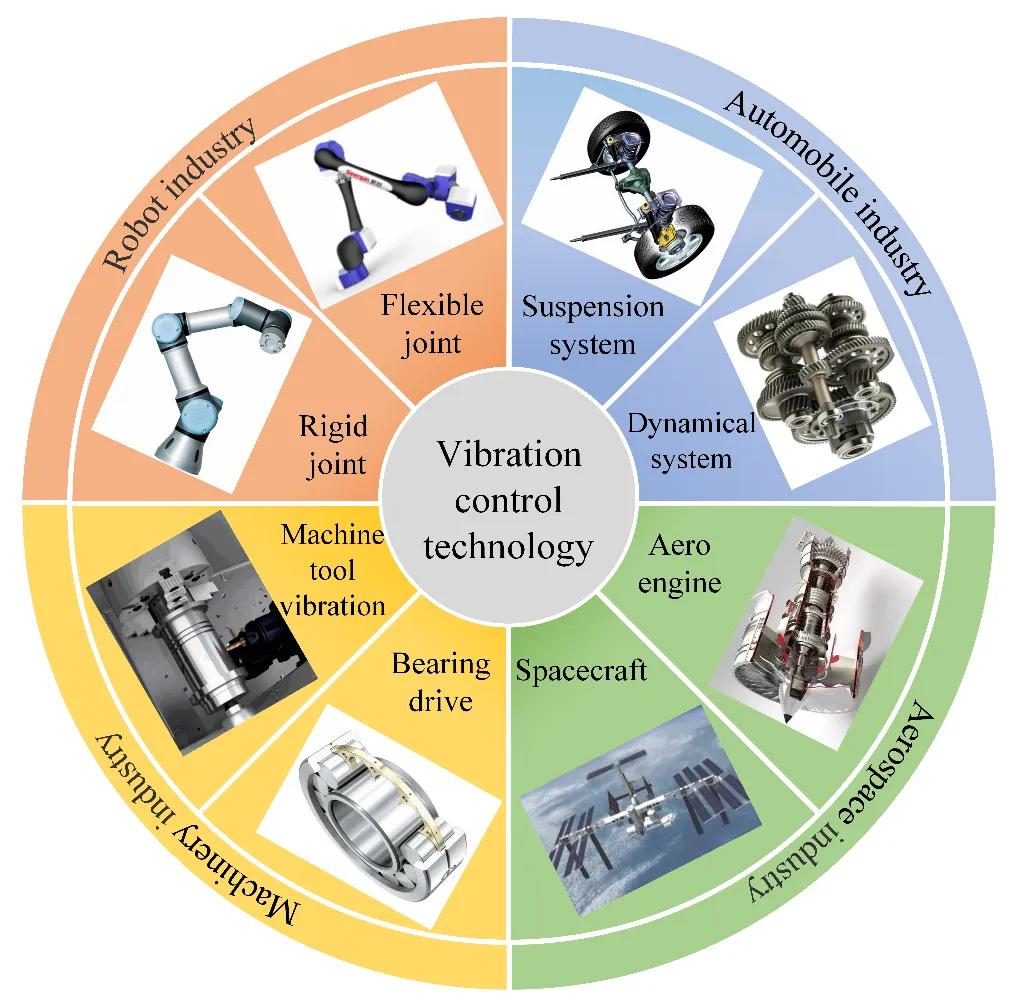
Open Access
Article
12 March 2025How Do Gender-Based Employment, Agricultural Machinery, and Fertilizers Influence Regional Agricultural Productivity? Panel Analyses for South and Southeast Asian Countries
The analysis delves into key strategies for enhancing agricultural productivity in Southeast Asia and South Asia. It underscores the vital role of mechanization, sustainable input practices, and gender-inclusive policies. Customized interventions in these realms hold promise for significantly amplifying agricultural performance in the region. Fertilizer and machinery productivity are pivotal factors that correlate strongly with overall agricultural productivity, as revealed by regression analyses. Notably, male employment in agriculture and agricultural machinery exhibits positive and substantial impacts on agricultural productivity, while female employment and fertilizer consumption indicators show significant yet negative associations. The study highlights systemic issues such as unequal resource access and differing gender roles in agriculture that may impede the immediate productivity gains from increased female labor force participation. Mechanization and efficient fertilizer utilization emerge as critical drivers of enhanced agricultural output, with consistent coefficients across models. Male employment consistently demonstrates a positive influence on productivity, emphasizing the significance of labor force engagement in agriculture. Moreover, the study underscores the imperative of judicious fertilizer management to avert environmental degradation and diminishing returns. The findings affirm the efficacy of the random effects model, supported by the Hausman test, which indicates congruence in results between fixed and random effects models. This methodological choice ensures robust and reliable conclusions regarding the relationships between male and female employment, machinery, fertilizer consumption, and agricultural productivity in South and Southeast Asia.
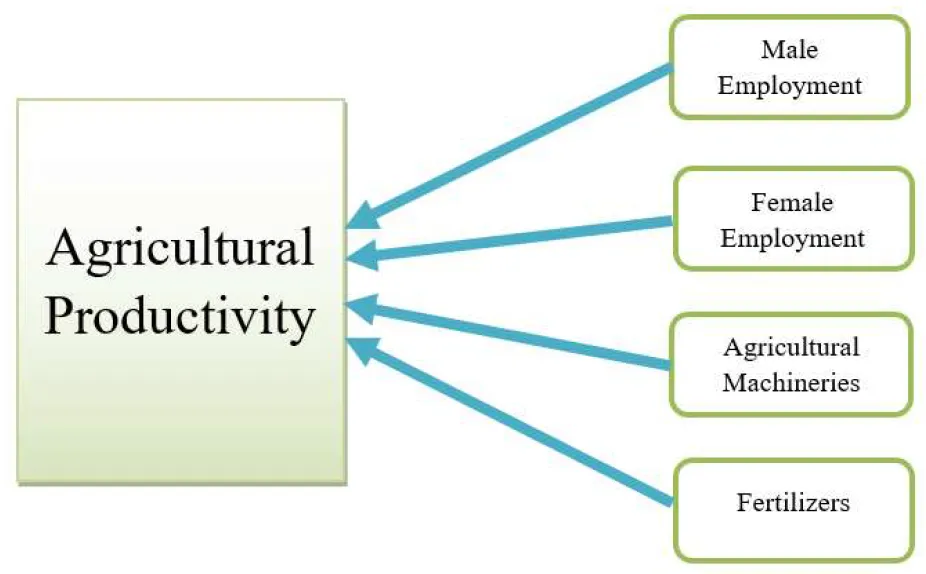
Open Access
Article
12 March 2025Cultural and Sex Differences in Emerging Adults: Identity Uncertainty, Psychological Symptoms and Adjustment at University
From the perspective of emerging adulthood, we investigated the role of culture and sex in associations between uncertainty and distress in identity development, psychological symptoms, and functioning at university among students in Canada, Spain, and Ecuador. The countries were categorized as individualistic or collectivistic according to Hofstede’s cultural dimensions. Participants included 661 students (median = 18 years, 76.6% female) in Canada (51.6%), Spain (16.2%), and Ecuador (32.2%). They completed the Identity Distress Scale, College Assessment of Psychological Problems Scale, and Student Adjustment to College Questionnaire with online surveys. Spanish students reported the greatest identity distress. Elevated academic adjustment was found for Ecuadorian students, who along with Spanish students exceeded those in Canada on social adjustment. Psychological symptoms mediated linkages between identity distress and academic and social adjustment for Canadian and Spanish women. Conversely, mediation was supported for the personal-emotional functioning of all students. Unexpected differences were found between males and females for identity distress and psychological difficulties among students in the individualistic countries. The findings underscore the need for the attention of researchers and counselors to potential variations in culture, sex, and other relevant personal and contextual factors and how they influence the identity development and well-being of university students worldwide.

Open Access
Article
12 March 2025Influence of Soil Damping and Aerodynamic Damping on the Dynamic Response of Monopile Wind Turbines under Earthquake and Wind Loads
Vibration damping is essential for predicting the responses of wind turbines, and contributions mainly come from structural, soil, and aerodynamic damping. In engineering design, it is difficult to precisely account for the individual contributions of each damping source. As a result, a simplified approach is commonly used, where a total damping factor is applied that combines the effects of structural, soil, aerodynamic, and other damping sources. However, the accuracy of this simplified approach in predicting the dynamic response of turbines has not been thoroughly evaluated. This study primarily focuses on the applicability of vibration-damping simplification methods, particularly in analyzing the dynamic response of turbines under earthquake and wind loads.

Open Access
Article
10 March 2025Leveraging Drone Technology for Precision Agriculture: A Comprehensive Case Study in Sidi Bouzid, Tunisia
The integration of drone technology in precision agriculture offers promising solutions for enhancing crop monitoring, optimizing resource management, and improving sustainability. This study investigates the application of UAV-based remote sensing in Sidi Bouzid, Tunisia, focusing on olive tree cultivation in a semi-arid environment. REMO-M professional drones equipped with RGB and multispectral sensors were deployed to collect high-resolution imagery, enabling advanced geospatial analysis. A comprehensive methodology was implemented, including precise flight planning, image processing, GIS-based mapping, and NDVI assessments to evaluate vegetation health. The results demonstrate the significant contribution of UAV imagery in generating accurate land use classifications, detecting plant health variations, and optimizing water resource distribution. NDVI analysis revealed clear distinctions in vegetation vigor, highlighting areas affected by water stress and nutrient deficiencies. Compared to traditional monitoring methods, drone-based assessments provided high spatial resolution and real-time data, facilitating early detection of agronomic issues. These findings underscore the pivotal role of UAV technology in advancing precision agriculture, particularly in semi-arid regions where climate variability poses challenges to sustainable farming. The study provides a replicable framework for integrating drone-based monitoring into agricultural decision-making, offering strategies to improve productivity, water efficiency, and environmental resilience. The research contributes to the growing body of knowledge on agricultural technology adoption in Tunisia and similar contexts, supporting data-driven approaches to climate-smart agriculture.
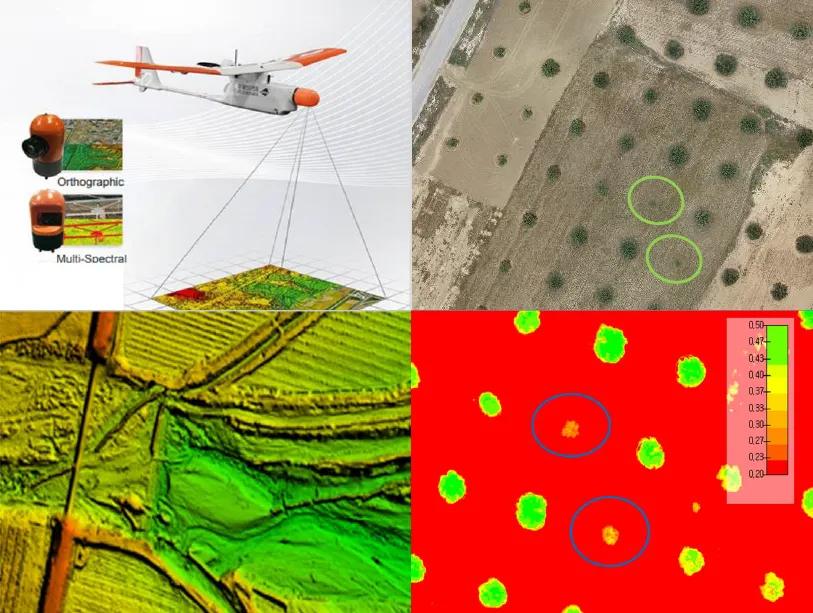
Open Access
Communication
10 March 2025Design Effect of a Mini Channels Heat Sink Using Additive Manufacturing
The present work aims to examine the influence of designing mini channel heat sinks using Stereolithography (SLA) 3D printing. Stereolithography (SLA) is a common additive manufacturing technique. The internal mini channels of the heat sink are made of aluminium materials and the outer cover is made of commercial polymer. Three models of the mini channel heat sinks are considered. A constant heat flow is applied to the bottom wall of the heat sink, and water is used as a coolant. The flow and heat transfer were studied for different cooling speeds. The physical properties of the fluid provided good thermal performance for the heat sink, especially at increased flow rates. The acrylonitrile butadiene styrene (ABS) copolymer resin has shown its good insulator for the heat sink and has improved the performance of the heat sink. This study demonstrates that the ABS copolymer resin enhances the cooling of electronic components.

Open Access
Review
10 March 2025A Review on Water Quality Indices
Water, as vital natural resource, is indispensable for human activities, both directly and indirectly. It significantly contributes to a country’s economic development, encompassing above-ground and underground water resources. However, ongoing pollution from surface contaminants is causing concerning degradation in both confined and unconfined aquifers, warranting the need for addressing this issue. Water quality indices (WQIs) serve this purpose by simplifying complex water quality data, providing a single value for easier interpretation. Surface water quality indices have achieved global recognition, while the development of groundwater quality indices is an evolving field. WQIs are established based on specific water quality criteria set by national and international organizations, which consider various parameters based on the intended use of water bodies. Consequently, numerous WQI models exist, including National Sanitation Foundation (NSFWQI), Oregon (OWQI), British Columbia (BCWQI), Canadian Council of Ministers of the Environments (CCMEWQI), and country-specific variants tailored to the unique requirements of individual regions such as Vietnam, India, Indonesia, Spain, Canada, Malaysia, and others, all in accordance with the specific characteristics of the water system under assessment.
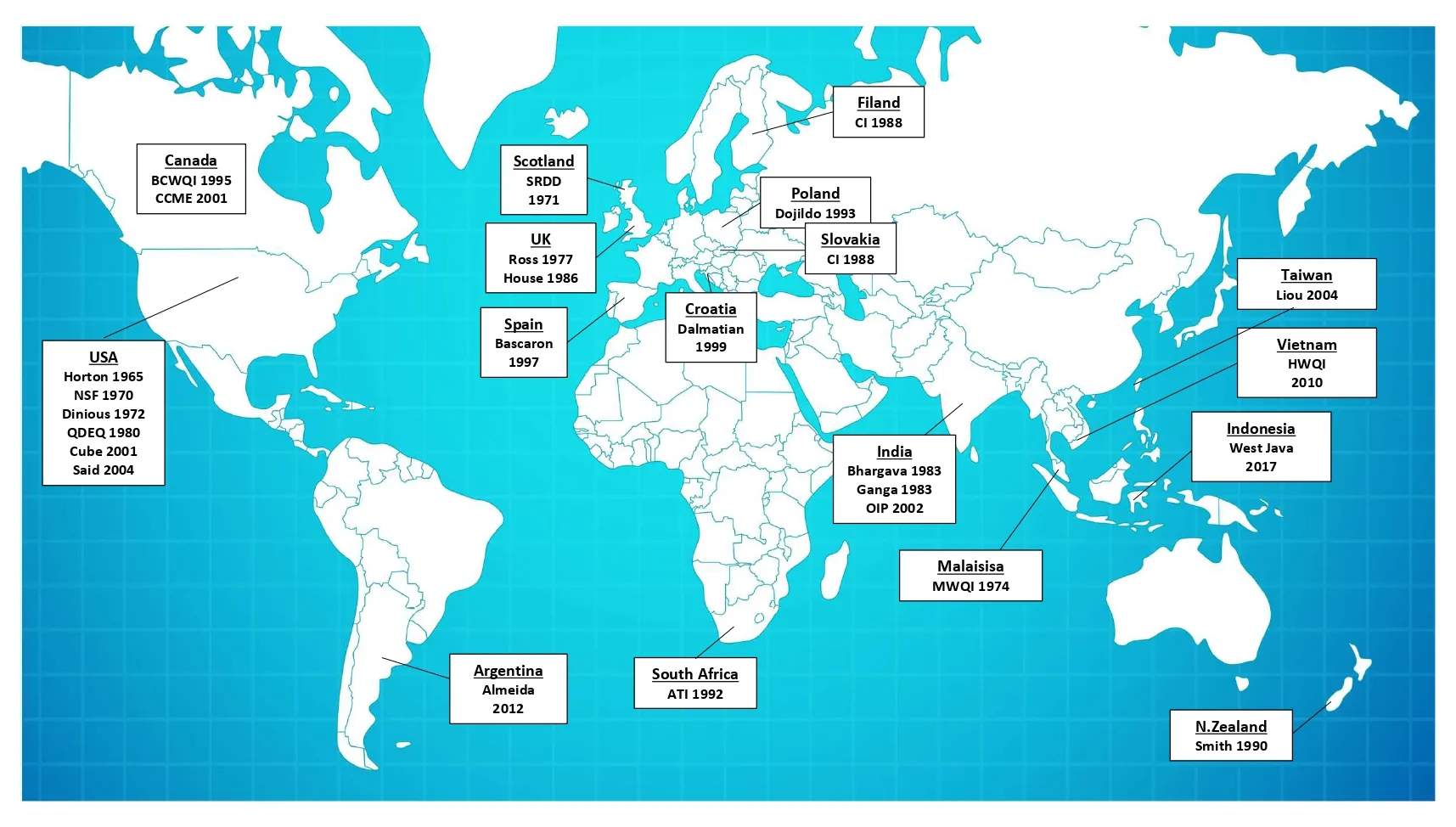
Open Access
Review
07 March 2025Mechanisms and Therapeutic Potential of Myofibroblast Transformation in Pulmonary Fibrosis
Idiopathic pulmonary fibrosis (IPF) is a progressive, irreversible, and fatal disease with an increasing incidence and limited therapeutic options. It is characterized by the formation and deposition of excess extracellular matrix proteins resulting in the gradual replacement of normal lung architecture by fibrous tissue. The cellular and molecular mechanism of IPF has not been fully understood. A hallmark in IPF is pulmonary fibroblast to myofibroblast transformation (FMT). During excessive lung repair upon exposure to harmful stimuli, lung fibroblasts transform into myofibroblasts under stimulation of cytokines, chemokines, and vesicles from various cells. These mediators interact with lung fibroblasts, initiating multiple signaling cascades, such as TGFβ1, MAPK, Wnt/β-catenin, NF-κB, AMPK, endoplasmic reticulum stress, and autophagy, contributing to lung FMT. Furthermore, single-cell transcriptomic analysis has revealed significant heterogeneity among lung myofibroblasts, which arise from various cell types and are adapted to the altered microenvironment during pathological lung repair. This review provides an overview of recent research on the origins of lung myofibroblasts and the molecular pathways driving their formation, with a focus on the interactions between lung fibroblasts and epithelial cells, endothelial cells, and macrophages in the context of lung fibrosis. Based on these molecular insights, targeting the lung FMT could offer promising avenues for the treatment of IPF.

Open Access
Article
07 March 2025WO3 Photoanodes for Photoelectrochemical Applications
WO3 layers were prepared by spray pyrolysis of a peroxotungstic acid solution on FTO/glass substrates. Investigated parameters were layer thickness and influence of post-annealing in air. Films deposited at 250 °C were amorphous. Post-annealing at 550 °C for 2 h resulted in the formation of monoclinic crystalline structure. A comprehensive account of electrochemical efficiency in terms of IPCE for WO3 films as a function of the three parameters (wavelength, thickness and direction of light incidence) fully characterizing the photoelectrodes is presented here for the first time. The highest improvement in crystallinity and also the highest photocurrent response was found for WO3 layers deposited at 250 °C and post-annealed at 550 °C, namely 1.9 mA/cm2 (in 0.1 M HClO4 at 1.6 V vs. Ag/AgCl) under irradiation with a solar simulator (AM 1.5, 100 mW/cm2) and IPCE = 0.5 at 369 nm (front side irradiation), which is comparable with values obtained by other deposition techniques (e.g., hydrothermal or sol gel). Spray pyrolysis as a method of fabricating WO3 electrodes has the advantage of being able to produce large electrodes for use in practical applications.

